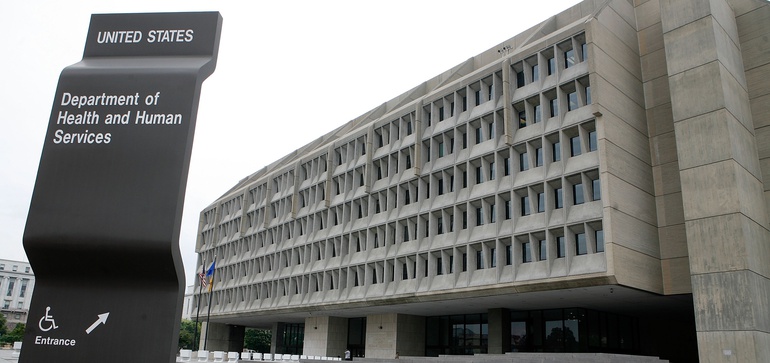
Dive Brief:
- The Biden administration on Thursday unveiled a new value-based payment model seeking to reduce health disparities in end-stage renal disease.
- The model is part of CMS’ proposed ESRD prospective payment system rule, and would modify the current ESRD Treatment Choices Model’s benchmarking and scoring methodology to try to incentivize dialysis providers to lower disparities in home dialysis and kidney transplant rates among patients from disadvantaged communities.
- It’s the CMS innovation center’s first direct effort to close health equity gaps, a key priority for the Biden administration.
Dive Insight:
According to CMS research, disadvantaged Medicare patients are disproportionately affected by ESRD and are more likely to have higher hospital readmissions and costs. Studies also show non-White ESRD patients are less likely to receive pre-ESRD kidney care, be waitlisted for a transplant or get a new kidney.
Under the ESRD Treatment Choices model, which began in January this year, participating ESRD facilities and clinicians that manage dialysis patients receive positive or negative adjustments on their claims for dialysis and dialysis-related services, based on the rates of home dialysis and kidney transplantation among their beneficiaries.
The proposed rule would nudge dialysis providers to address health disparities by tweaking the model’s scoring methodology, so they can increase their score by also improving home dialysis and transplant rates among beneficiaries dually eligible for Medicare and Medicaid, or people receiving extra help from Medicare to cover prescription drug costs.
It would also adjust benchmarks for dialysis providers serving a higher share of low-income Medicare patients, so participants that see a high volume of the patients wouldn’t face negative financial consequences as a result.
“Taken together, these two proposed changes acknowledge that socioeconomic disparities in access to alternative renal replacement modalities exist and may impact the ability of ETC Participants to perform well in the ETC Model, while providing an incentive for all ETC Participants to reduce such disparities among their Medicare patients,” according to a fact sheet on the proposal.
CMS is also proposing additional flexibilities in the model, including waiving certain requirements to allow the kidney disease education benefit to be furnished over telehealth.
The annual ESRD payment rule would increase Medicare payments to all ESRD facilities and freestanding dialysis centers by 1.2% in 2022 compared to this year’s rates. However, hospital-based ESRD sites would see their Medicare payments lower 1.3%.
CMS said it expects to pay $ 8.9 billion to roughly 7,700 ESRD providers next year.
The agency is giving dialysis providers until the beginning of September to report 2020 data for its ESRD Quality Incentive Program, giving them more time to report due to the tumult caused by the coronavirus pandemic. CMS also proposed phasing out certain measures used to calculate quality in the program, because COVID-19 skewed their reliability.
Under the proposals, no facility will receive a payment reduction for 2022, the fact sheet says.
CMS also asked for public feedback on various segments of its ESRD payment policy, including whether it should include vaccination rates among patients in ESRD facilities and healthcare personnel while measuring quality; what additional data types it should collect to better address inequities; the possible collection of a minimum set of demographic data elements by facilities at the time of admission; and how else to modernize its quality measurement enterprise.
